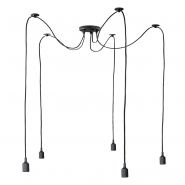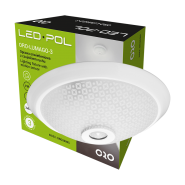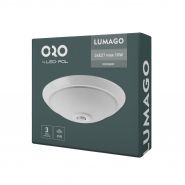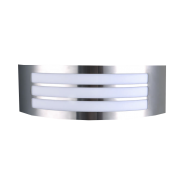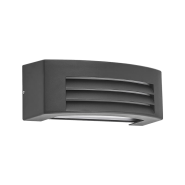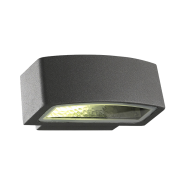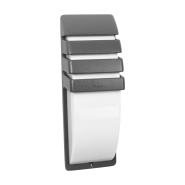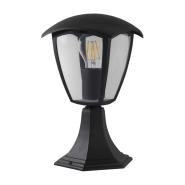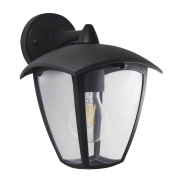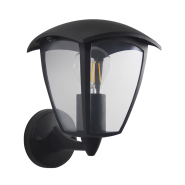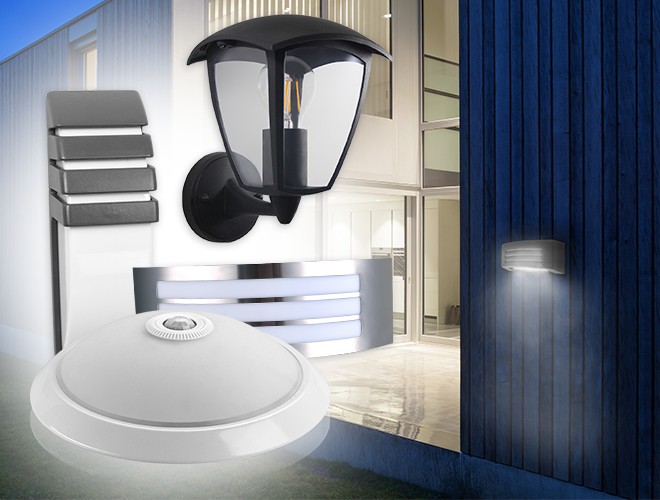
LED sources mounted in classic hermetic luminaires
Have you ever thought about what happens with a LED lamp when it installed in a closed luminaire? What impact has this on the LED light source? As one of the few LED lighting manufacturers operating on the market, LED-POL decided to explore this issue in greater depth in cooperation with the scientific units.
Together with the AGH University of Science and Technology in Krakow, we carried out number of scientific research studies to gain a comprehensive knowledge of the factors that affect the LED light sources in closed luminaires and the effects of this type of installation.
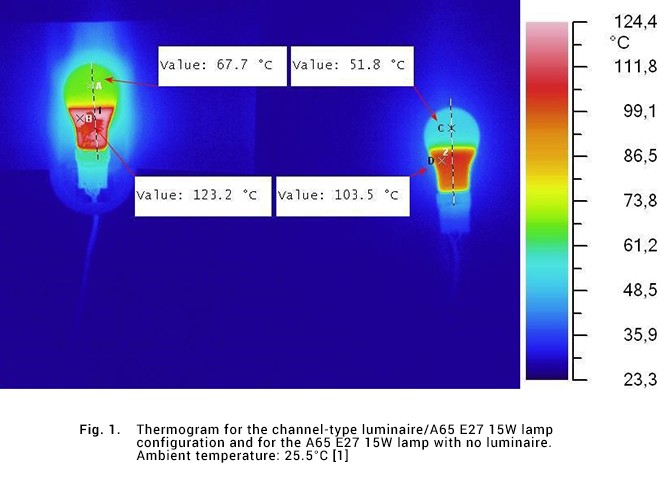
The research was carried out because the noticeable trend towards the installation of LED light sources in closed luminaires with a E27 thread was observed.
The tests were carried out on A60 E27 LED lamps of 8W, 10W, 12W, 14W and 15W; in luminaires with different ingress protection classes - IP20, IP44 or IP65 and different types of construction.
The tests commissioned by LED-POL were carried out in the scientific unit – at the Faculty of Energy and Fuels, Department of Sustainable Energy Development of the AGH University of Science and Technology. The research methodology was to measure the operating temperature of a lamp in the closed luminaire and a lamp screwed into the E27 holder after parameters have been stabilised, i.e. after approx. 1h, using a thermal camera.
It can be conducted from the report drawn up after the tests that the installation of a LED lamp in a closed luminaire raises its operating temperature on average by 10°C compared to a lamp that operates in an open environment. The maximum temperature rise was observed in the so-called channel-type luminaire where the operating temperature increased by as much as 20°C. Such a significant rise in temperature will reduce the lifetime of LED lamp by almost 90% of the declared one, e.g. for 15000h it gives approx. 1500h.
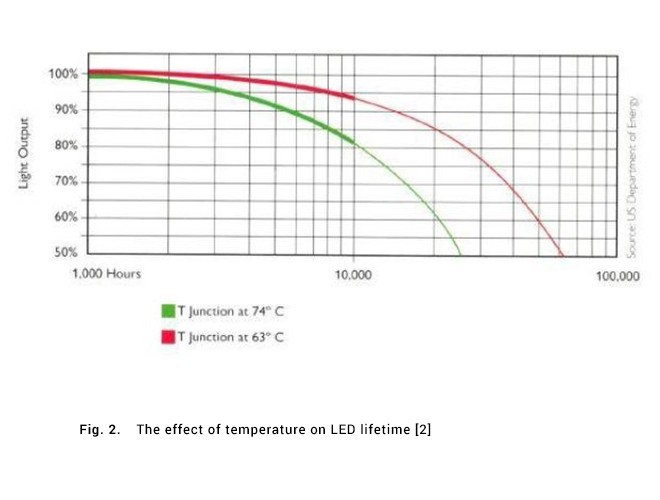
The reduction in the LED lamp lifetime shown in Fig. 2 from an independent source also confirms that the increase in operating temperature of a LED lamp reduces its lifetime.
The increase in LED lamp operating temperature by 11°C reduces the lifetime of LEDs by even 57% .
This graph illustrates the luminous flux over time:
• 63ºC oraz 74ºC
• with the increase in connector’s temperature by 11°C, the estimated lifetime is reduced by 57 % (from 37,000 h to approx. 16,000 h)
In the design of closed luminaires, the manufacturers take into account the maximum power consumption that the luminaire may be charged with and do not consider the temperature management, which is a very important factor when using LED light sources.
For example, you can read on the closed luminaire packaging e.g. max 60W; this information applies the installation of normal filament lamp or the maximum permitted load in Watts, and not to the installation of the LED lamp. For a LED lamp, the correct maximum load should be 10W, taking into account the heat management (heat exchange with the environment), and in case of channel-type luminaires the LED light sources of max. 6W should be installed.
The empirical studies confirm the existence of relationship between the LED lamp lifetime and conditions of its operation (the so-called temperature management). We investigated this relationship in our luminaires, which allowed us to optimise the selection of the appropriate LED lamp for each type of closed luminaire with a replaceable light source available in the company’s portfolio. This information is provided in the technical documentation, declared on the packaging of our products and in promotional materials (for the example, see Fig. 3).
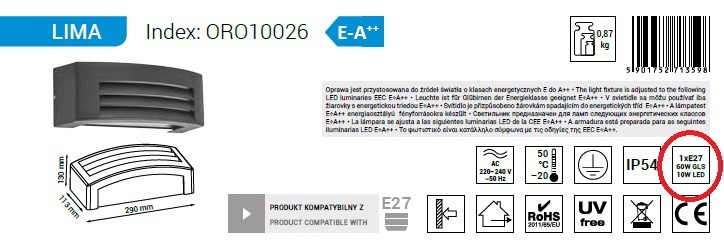
Rysunek 3. LED-POL product catalogue 2018
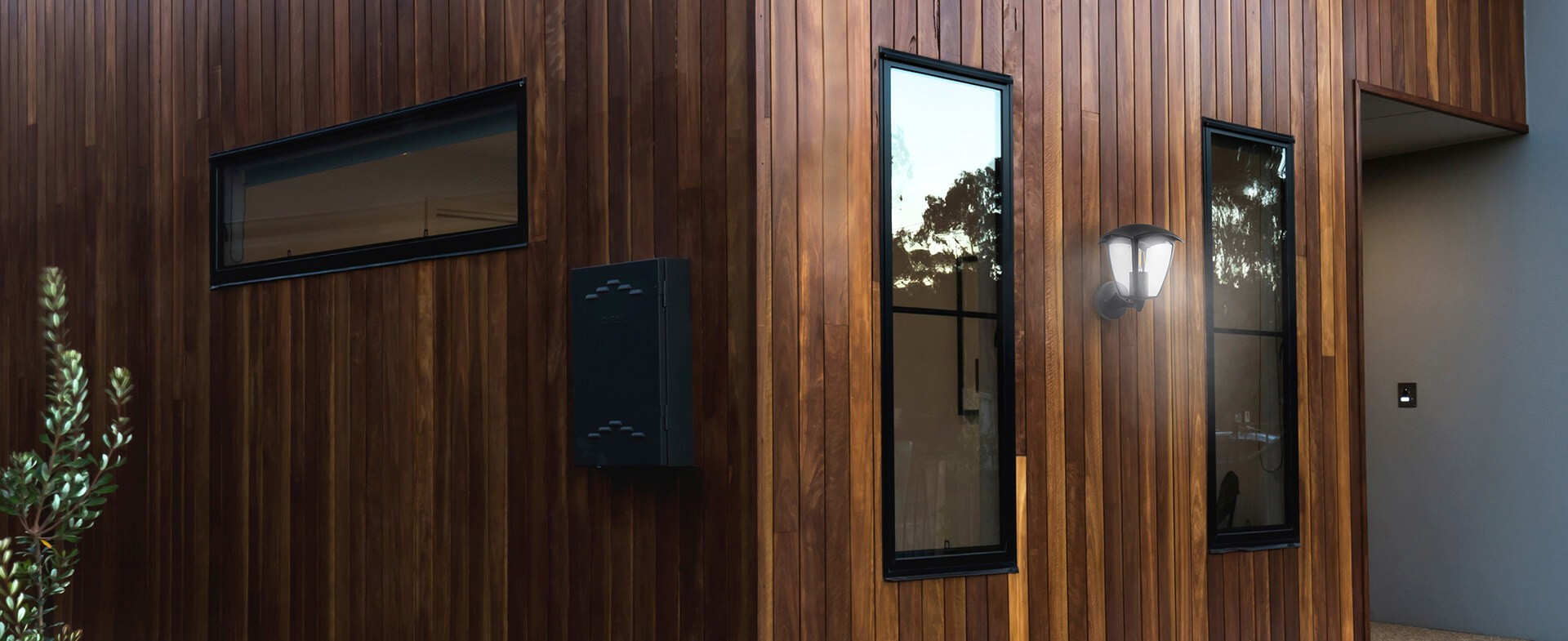
To recapitulate, an improper selection of light sources for closed luminaires with a replaceable light source results in a radical reduction in LED lamp lifetime, even by 90% of the rated time. Therefore, it is so important to select the appropriate LED lamp power or purchase a luminaire with integrated LED light source when replacing conventional GLS sources in closed luminaires..
See the offer of luminaires with replaceable E27 LED light sources:
Source materials:
[1] AGH University of Science and Technology in Krakow, Test report “Comparison of the temperature of LED lamps working under different conditions”, 10 April 2017, Mateusz Szubel, MSc Eng., Beata Matras, Eng., Bartosz Tomczyk, Eng.
[2] US Department of Energy
[3] Own sources

